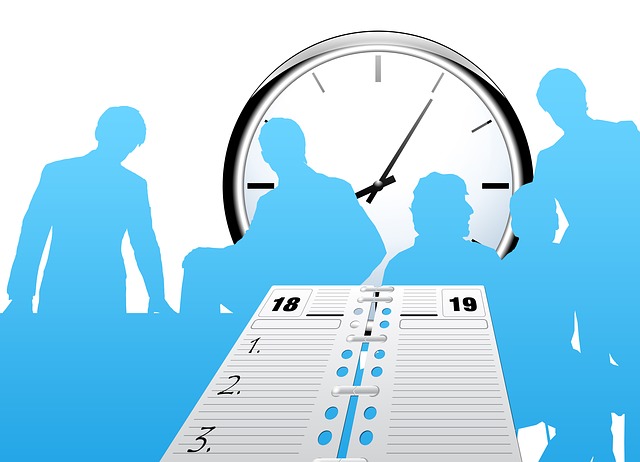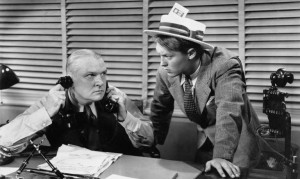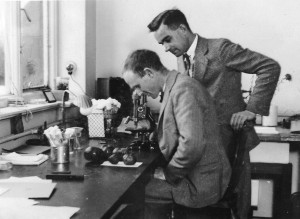 We’re giving you the inside scoop on the entire WOC team with our “Meet the Team” series. This month, the spotlight is on our new Communications Coordinator, Kara DeMent.
We’re giving you the inside scoop on the entire WOC team with our “Meet the Team” series. This month, the spotlight is on our new Communications Coordinator, Kara DeMent.
Kara is known for her “out of the box” thinking and passion for the media industry. As Communications Coordinator, she supports (W)right On’s land development, energy, utility, technology, B-to-B, professional services, hospitality and non-profit clients. Before joining (W)right On, Kara served as a PR Assistant at a boutique PR firm and supported communications for the Orlando Magic and LA Clippers. She graduated from California State University, San Bernardino with a Bachelor of Arts in Communications with an emphasis in PR and Mass Communications. As a California native, she enjoys the beach, Disneyland trips, crafting, and being outdoors.
What would you be doing if you weren’t at your current job?
I would be looking for my current job! Haha
What’s one word you would use to describe yourself?
Ambitious
Fill in the blank. “If you really knew me, you’d know ____.”
If you really knew me, you’d know that I have this dream of becoming a New York City Rockette and performing in the Macy’s Thanksgiving Day Parade.
What super power would you like to have?
I would love the power of having super strength.
What would a “perfect” day look like to you?
A perfect day would be going to brunch (I love mimosas) and going to a sporting event. Preferably, a Clippers game J
What’s the most important lesson you’ve learned in the past year?
To be patient and know that things will happen when they’re meant to.
Best vacation you’ve had?
A family trip to Walt Disney World, followed by a cruise to the Bahamas!
What’s your most embarrassing moment at work?
There was one time I spilt coffee on Deandre Jordan before a press conference. He was cool about it, but I about died. Haha
Favorite quote?
“Happiness can be found, even in the darkest of times, if one only remembers to turn on the light.” –Albus Dumbledore, Harry Potter and The Prisoner of Azkaban
If Hollywood made a movie about your life, who would be cast as you?
Jennifer Lawrence, for sure!
What’s your drink of choice?
Jack and coke.
If you were stuck on an island and could only choose 5 CDs, what would they be?
Usher 8701, Matchbox Twenty Yourself or Someone Like You, NSYNC, Bing Crosby Christmas CD, Brittney Spears (not sure which one though), and Journey’s Escape CD.
Fill in the blank. “People would be surprised if they knew___.”
People would be surprised if they knew that I have a weird obsession with everything supernatural and Harry Potter. I own a wand from Harry Potter Land.
What’s your biggest pet peeve?
I feel like I have a lot, but the one that really gets me is when people don’t say thank you.
What tv show/movie is your guilty pleasure?
I have a lot of these too, but if I had to choose one Vampire Diaries would have to be it.
What’s one thing you can’t live without?
Disneyland. Haha
Favorite line from a movie?
One of my favorites, “SANTA, I know him!” – Buddy, ELF
Do you have an office nickname? What is it?
No.
What’s the best/worst gift you have ever received?
The best gift I’ve received would have to be my Mustang. I love that car.
What do you like to do in your free time?
I enjoy sporting events, hiking, crafting (specifically painting), brunching, Disneyland, being with my friends and family, and Netflix.




 My first event was
My first event was 
 Our job now is to explain why the person should care about whatever it is we want them to care about, as quickly and succinctly as possible. In today’s world of infinite access to limitless information, if you don’t pitch an article, product or concept in one sentence, you’re doing it wrong.
Our job now is to explain why the person should care about whatever it is we want them to care about, as quickly and succinctly as possible. In today’s world of infinite access to limitless information, if you don’t pitch an article, product or concept in one sentence, you’re doing it wrong.
 As every organization is different, every media list should be different. The target audience and messaging should be used as a guide to build a customized list. The more aligned the contacts on the list are with the program goals, the more likely you are to be successful.
As every organization is different, every media list should be different. The target audience and messaging should be used as a guide to build a customized list. The more aligned the contacts on the list are with the program goals, the more likely you are to be successful. An online database is a useful tool for finding the publications that you want to target. While a database can be a huge help, it should only be used as a starting point for building a list. Most publications, especially larger ones, have multiple reporters who cover the same beat, so finding the right contact is largely up to you. Taking the time to read each publication to figure out which contact is right for your client is essential.
An online database is a useful tool for finding the publications that you want to target. While a database can be a huge help, it should only be used as a starting point for building a list. Most publications, especially larger ones, have multiple reporters who cover the same beat, so finding the right contact is largely up to you. Taking the time to read each publication to figure out which contact is right for your client is essential. Having your media list organized can also help you spot gaps in your list. While a list may look full when all of the contacts are grouped together, once you start segmenting it out, it is easy to identify the areas in which you’re lacking.
Having your media list organized can also help you spot gaps in your list. While a list may look full when all of the contacts are grouped together, once you start segmenting it out, it is easy to identify the areas in which you’re lacking.









 Grant Wright
Grant Wright Corie Fiebiger
Corie Fiebiger
 Shae Geary
Shae Geary Phelan Riessen
Phelan Riessen Katrina Early
Katrina Early Hamish Marshall
Hamish Marshall